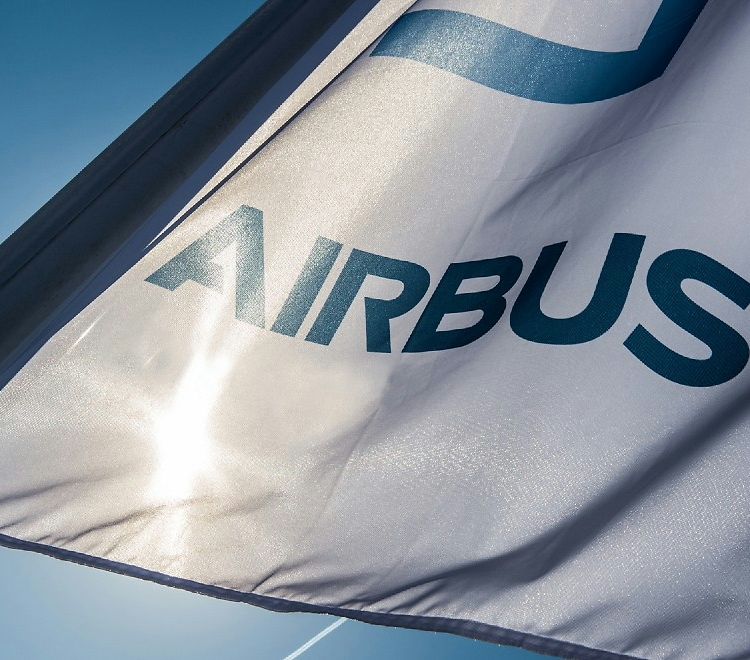Fencing master Astrid Guyart is an inspiration both on and off the field: this aerospace ambassador has become world champion while developing a successful career at Airbus Defence and Space.
A fencing match is like running the hundred metres whilst playing chess at the same time.
Astrid Guyart was five when she held a foil for the first time. It was at a fencing club in a western suburb of Paris, where her older brother had been training for two years. “The fencing master said, ‘It’s your turn,’” she remembers. “I couldn’t wait to attack.”
Training together while playing Zorro at home, the siblings both went on to become fencing champions. “The beauty of fencing is that anyone can beat anyone by using his own strength or turning the opponent’s strengths into his weaknesses,” she says.
A fascinating mystery
Astrid competes in foil. Compared to the other two fencing disciplines – épée and sabre – it requires more technique, as only the upper body and the front of the neck can be hit by the tip.
Astrid’s passion for space also emerged in early childhood, immersing herself in books on the formation of the Universe. “I was fascinated. Deep inside, I have always wanted to be part of the great space adventure.”
Today, she works as an aerospace engineer and improvement project coach at Airbus Defence and Space in Les Mureaux, France. Her part-time schedule fits around her intense Olympic training sessions.
“Fencing brings you face-to-face with yourself,” says Astrid of her sport, which sounds like good training for life. “You need rock-solid mental stability and very clear thinking to adapt instinctively to the situation and avoid the traps set by your opponent.”
You have just one day of competition to prove your hardwork. How do you manage the pressure?
The key is to focus on the moment. If you think about the stakes of the competition, or question whether you’ll win or lose, you are no longer in the moment. To silence this internal monologue, you have to find an attention point (for me, it’s the distance between me and my opponent). When you get in this zone, all your abilities can come out automatically. There is no more room for pressure, there is only the right action at the right moment!
How do you balance your career at Airbus with being an elite athlete?
For many years, I worked to conceive a new generation of space vehicles. But the project schedules were hardy compatible with my daily trainings and competitions. Thus, I found a compromise: I’m now an improvement coach and change agent where I can put into practice the soft skills I’ve learned in my sport career to build collective efficiency. I emphasise the need for building on one’s strengths to make a difference. Each of us has an area in which we can excel.
Why did you want to join the aerospace industry?
Space is still a big mystery. There is so much to discover and understand and I like it that way. The fact that we don’t really know why we’re here and how everything started is quite humbling, and helps us humans keep our feet on the ground. After working on Ariane 6 development in the past, I would love to be involved in production or launch activities later on in my career.
Astrid, you’re also about to publish Les Incroyables Rencontres de Jo, a collection of books for children.
My books are a way to pass on to kids my experience and all I’ve learned about human resources during my sports career. In the books, sport is a pretext to the personal development of the little hero named JO (acronym for “Jeux Olympiques” in French). In each episode, Jo will meet other children, each of whom will go on to become one of France’s sports champions. Thus, it is also about a positive mind-set and life values.
Álvaro Friera
